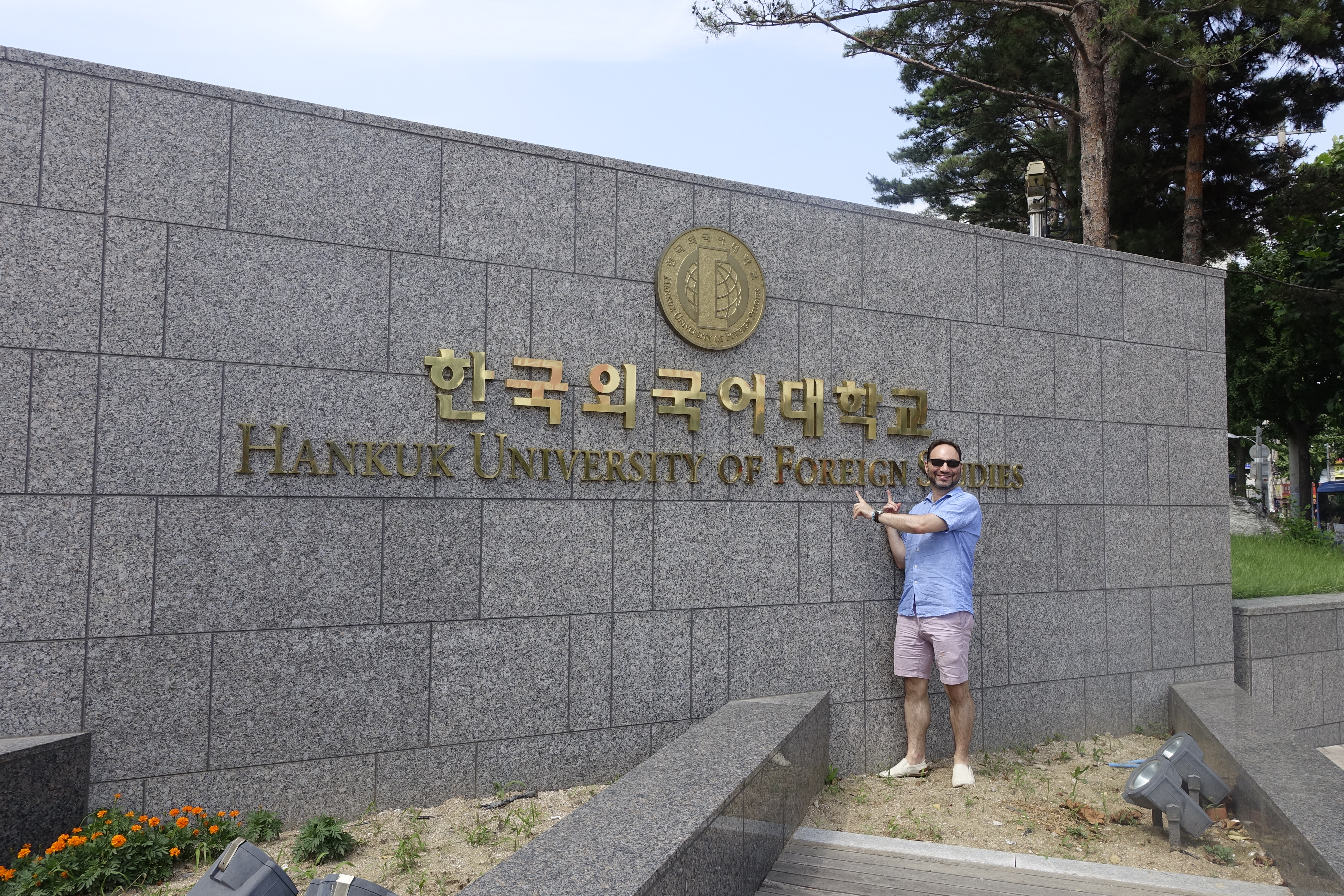Think 2016 was bad? In 2004, George W. Bush was reelected on a platform of torture and war, 280,000 people died in a tsunami, and Ray Charles and Ol’ Dirty Bastard died. But you didn’t yet have Facebook to make it feel like all these things were part of your own personal social life.
So how was your actual 2016? The one you really lived?
My 2016
For me, 2016 was actually pretty amazing. It began on a wet, windy beach in Danang, and the first five months took me on adventures in Vietnam, Myanmar, Cambodia, Laos, Thailand, Bali, Java, and Singapore: festivals and flings and love affairs, Phnom Penh rock and roll and Laotian chill, ancient temples and gleaming cities. Then it was back to the US for a few months to visit friends and family before returning to Asia: finally getting to visit Japan, attending a month of language school in Seoul, swinging one more time through Thailand, and finally starting a completely new phase of my life as an actual Seoul resident, with an apartment and a job.
I’ve made an extraordinary number of new friends. A lot of them I’ll probably never see again.
But more important that any of that was the safe, healthy arrival of two new people in the world: my sister had a baby, her first, and not long after my brother’s wife had her second child. I’ll be meeting my two new nieces early in the new year.
Your 2016
How’d the year go for you? I know some of my friends had it rough. Others had amazing things happen. Most of us, we had both. That’s how life is.
Our 2017
Here’s wishing you and me both a very happy New Year.



